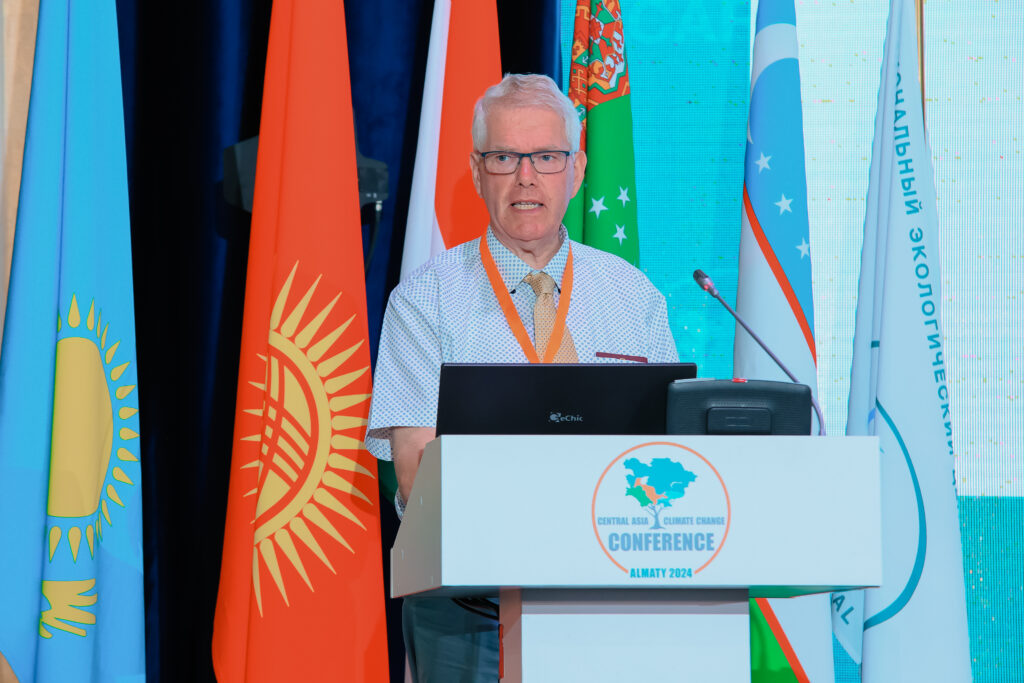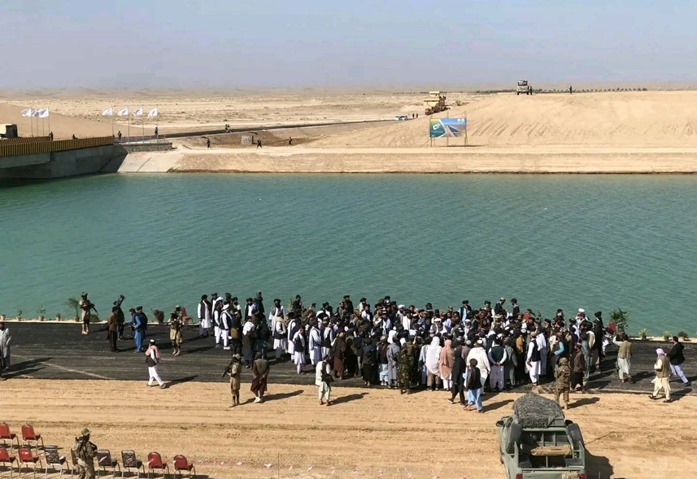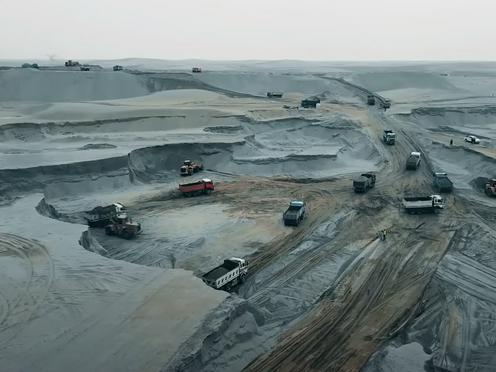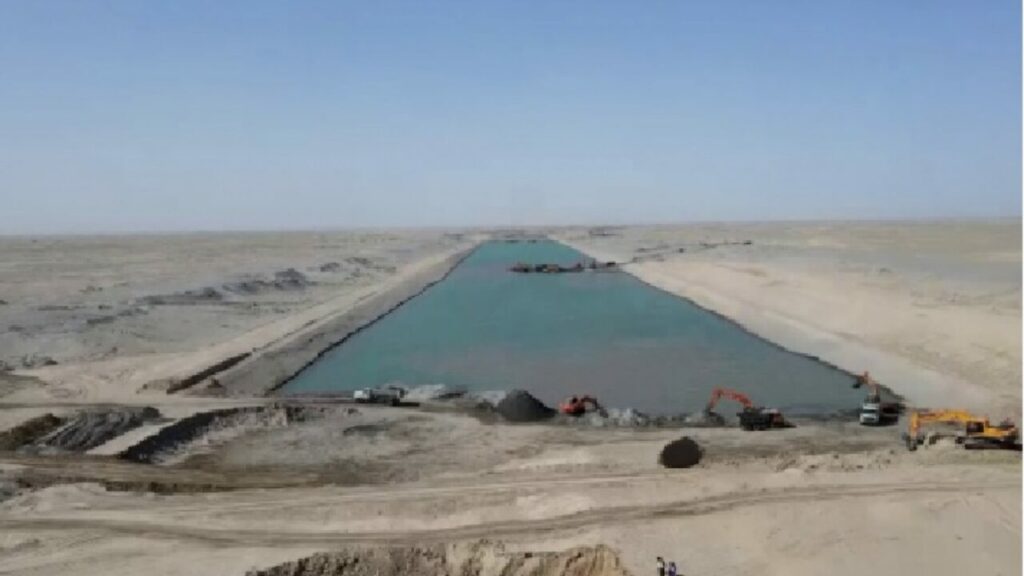Rieks Bosch, an international expert on natural resources and economics, said that 20% of the Amu Darya water will be taken by the Kushtepa canal being built in Afghanistan, which will increase the level of water scarcity in some regions of Uzbekistan and will negatively affect agriculture. “In any case, it is clear that Uzbekistan will suffer,” he said in an interview with a Kun.uz correspondent.

On May 27-29, an international conference on climate change was held in Almaty, Kazakhstan. A number of official representatives of Central Asian countries, journalists and experts from international organizations took part in it.
The conference included panel sessions on a number of topics. Riex Bosch, an international expert on natural resources and economics who took part in one of these sessions, spoke about the Kushtepa canal being built by the Taliban government and its impact on Uzbekistan.
Riex Bosch stated that the negative impact of this project on Uzbekistan is greater than the positive one; its implementation could lead to the loss of a large amount of water resources, water shortages in agriculture and increased water prices.
“The construction of the Kushtepa canal is a very interesting topic. In 1950, the British and then the Russians were the first to become interested in this project and began working on it. Then, at the last moment, the Americans tried to “get it off the ground.” And then Afghanistan did it. Even though they don’t have the money for it. Building a channel is not a problem, the biggest problem is the losses associated with this channel.
The Taliban planned to send 20% of the Amu Darya water into the canal. If this is done, Khorezm and Karakalpakstan will have to reduce water use from the Amu Darya by 50%. On the face of it, some of this could be achieved through increased efficiency, but farmers would be resource-starved. In any case, Uzbekistan will suffer.
As I said, building a canal is easy, but building an irrigation system is 10 times more difficult. Whether the Taliban government can do this or not is the biggest question that needs to be answered. This construction is based on methodology. It sounds simple enough and you think you’ll just have to do some digging. But in order to determine the amount of water, the irrigation scheme must be developed very accurately and in detail. And it’s harder than it seems.
I think the Taliban will face difficulties. Let’s say that water needs to be diverted for irrigation, and this is very difficult to do evenly. Managing irrigation is not easy, and the Taliban will have to spend much more effort operating the canal than building it. If this system is not developed, at least 30-40 percent of the water could be wasted.

The price of each cubic meter of water in Uzbekistan and Turkmenistan ranges from $1.60 to $1.20-1.30. But the real price is $16, which is 10-15 times more expensive than the current price. Due to the above project, the price of water may rise sharply. But now measures are being taken to save water, a new project is being developed for medium-sized businesses, but at the moment there is no bridge between price development and resource management,” says Bosch.
The expert also answered the question of what countries should do in this regard.
“This is a simple but at the same time difficult question. Currently, the government of Uzbekistan is trying to establish contact with Afghanistan, but the Taliban’s position is very tough. Afghanistan does not intend to enter into any agreement with Central Asia on this matter. This project was planned for many years, but never came to fruition. A platform for mutual cooperation of Central Asian countries has not been created, ministers come for negotiations, but the lack of a cooperation platform slows down the work.
Negotiations with Afghanistan must continue. At the same time, losses in the canal are not primarily related to how effectively the Taliban use it. Uzbekistan has now created a system for efficient use of water and increasing revenues from water. I think that’s the most important thing. The focus now is on efficient water supply,” he said.
For information, in March 2022, the Taliban government presented a project for the construction of a large canal in northern Afghanistan. The Kushtepa Canal, which originates from the Amu Darya, is being built on the territory of the Balkh Vilayat.
Previously, Kun.uz organized interviews with experts about the environmental risks that will accompany the construction of this canal.
Some time ago, satellite images showed that an artificial reservoir had appeared on the banks of the Kushtepa canal, which is being dug from the Amu Darya to the north of Afghanistan. “Uzbekkosmos” then reported that the bank of the canal was not washed away by the current of the Amu Darya and this situation occurred due to the rise of flood waters.
Dilshod Shomirzaeva (Kun.uz)


